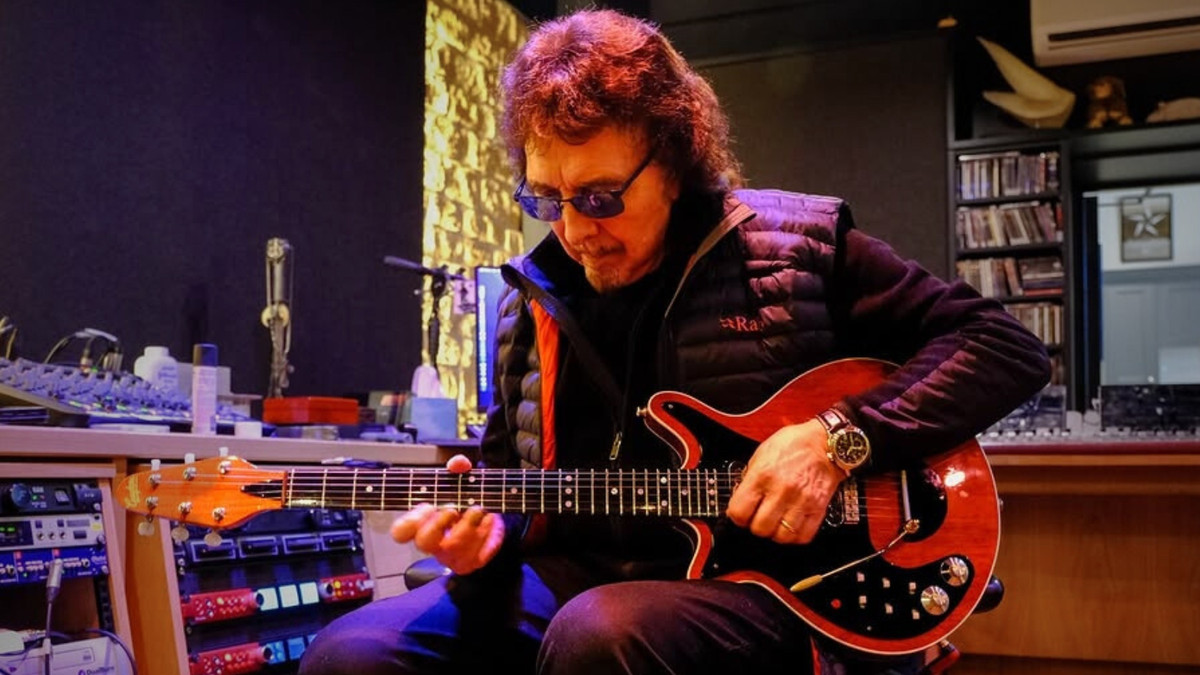Boss Unveils Radical EURUS GS-1 Electronic Guitar
This new instrument melds high-performance electric guitar design with advanced synthesizer technology.
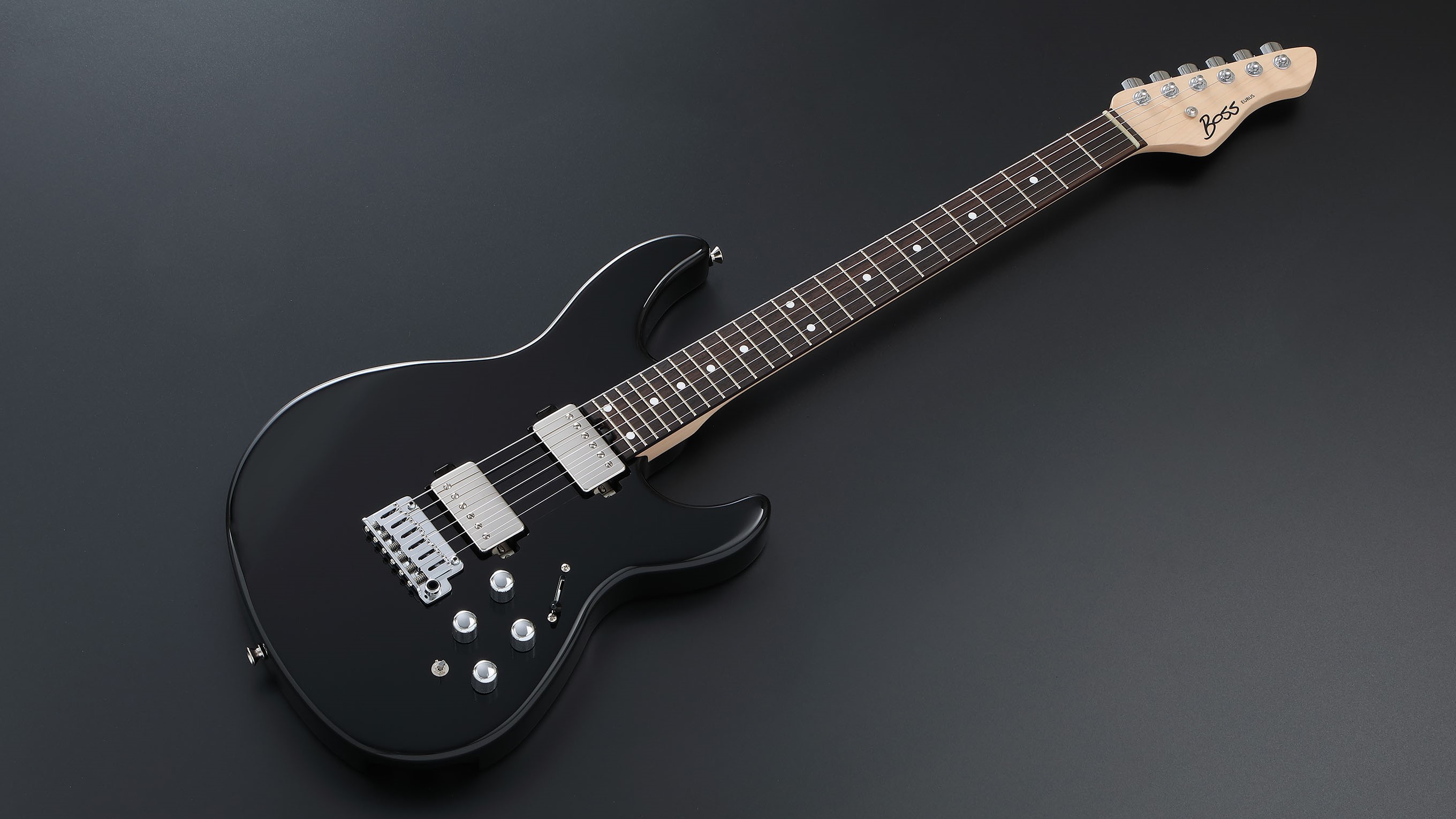
Since 1976, Boss have remained global leaders in the effects market with a string of ‘world firsts’ to their name, including the CE-1 Chorus Ensemble BBD-based pedal and the DD-2 Digital Delay compact delay pedal. In recent years, the Boss line has expanded considerably to include not only more accessories, but also amps (as per the ex-Roland Cube Street model). And with the arrival of the EURUS GS-1 Electronic Guitar Boss have branched out even further from their humble stompbox roots.
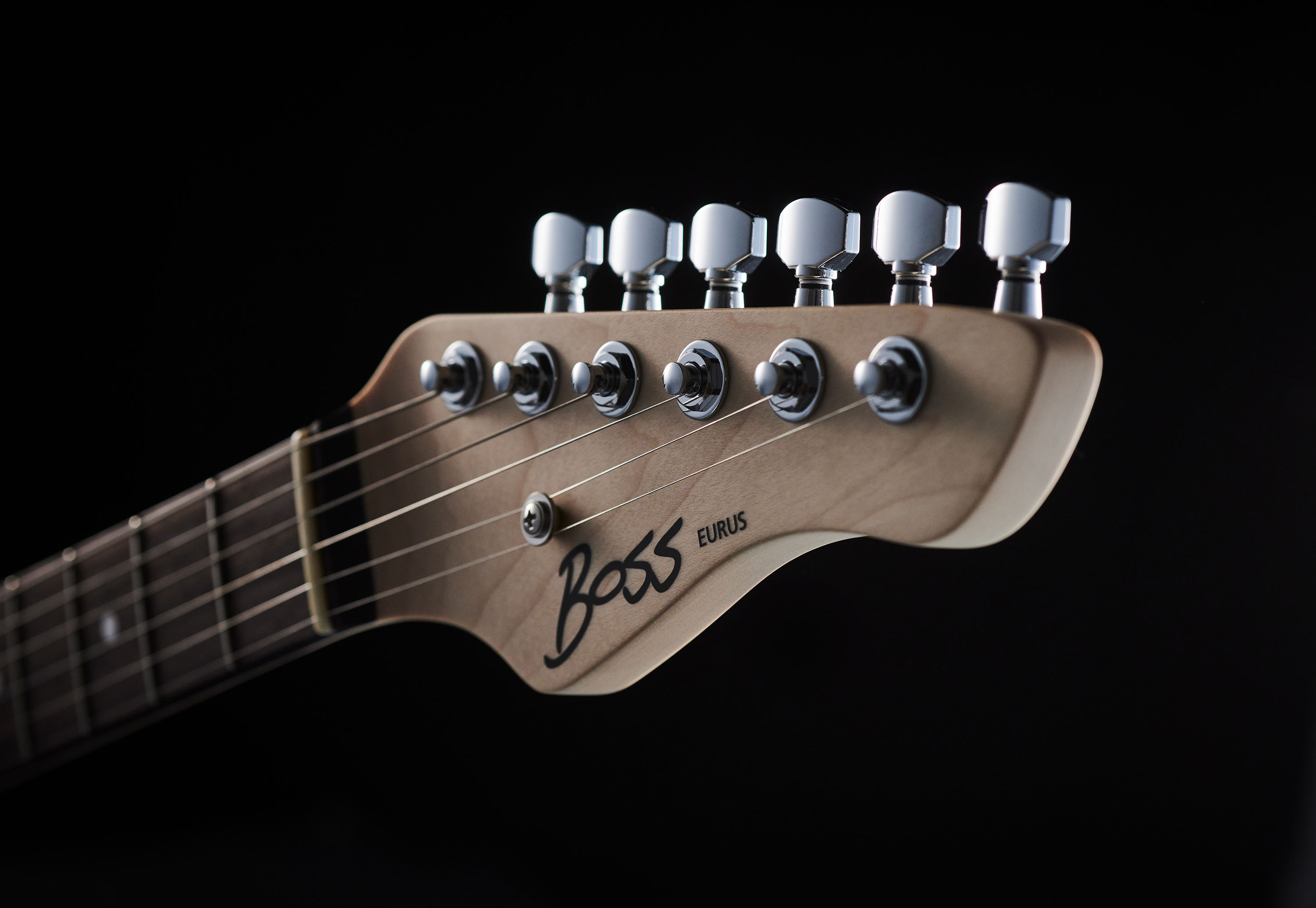
Featuring wireless Bluetooth connectivity for easy editing, the new Japanese-built EURUS GS-1 Electronic Guitar combines regular electric guitar appointments with Boss’ long-established analog-style polyphonic synthesizer technology. Sporting six customizable pre-programmed memory slots and a parameter-assignable synth control knob for dynamic expression “Every synth sound seamlessly responds to normal guitar techniques,” according to Boss.
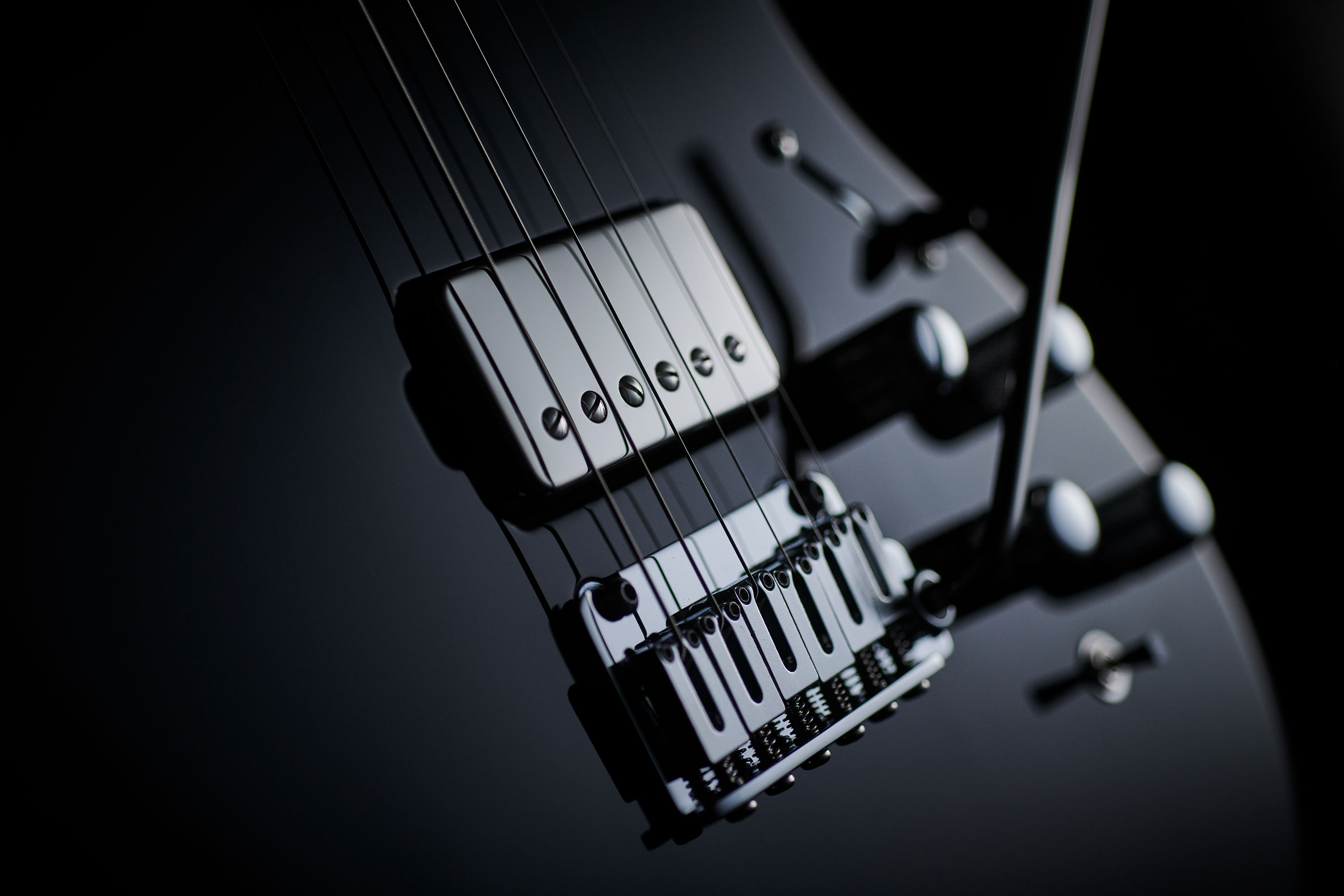
Along with the promise of no latency or triggering issues we’re expecting great things from the EURUS GS-1. Though it has the potential to appear nothing like a ‘normal’ guitar to the ears, its splittable dual humbuckers and five-way switch make it sound like one if called for. Its high-performance specs – including a compound radius 24-fret fingerboard, two-point fulcrum bridge, and locking machine heads – will no doubt prove a familiar comfort for many.
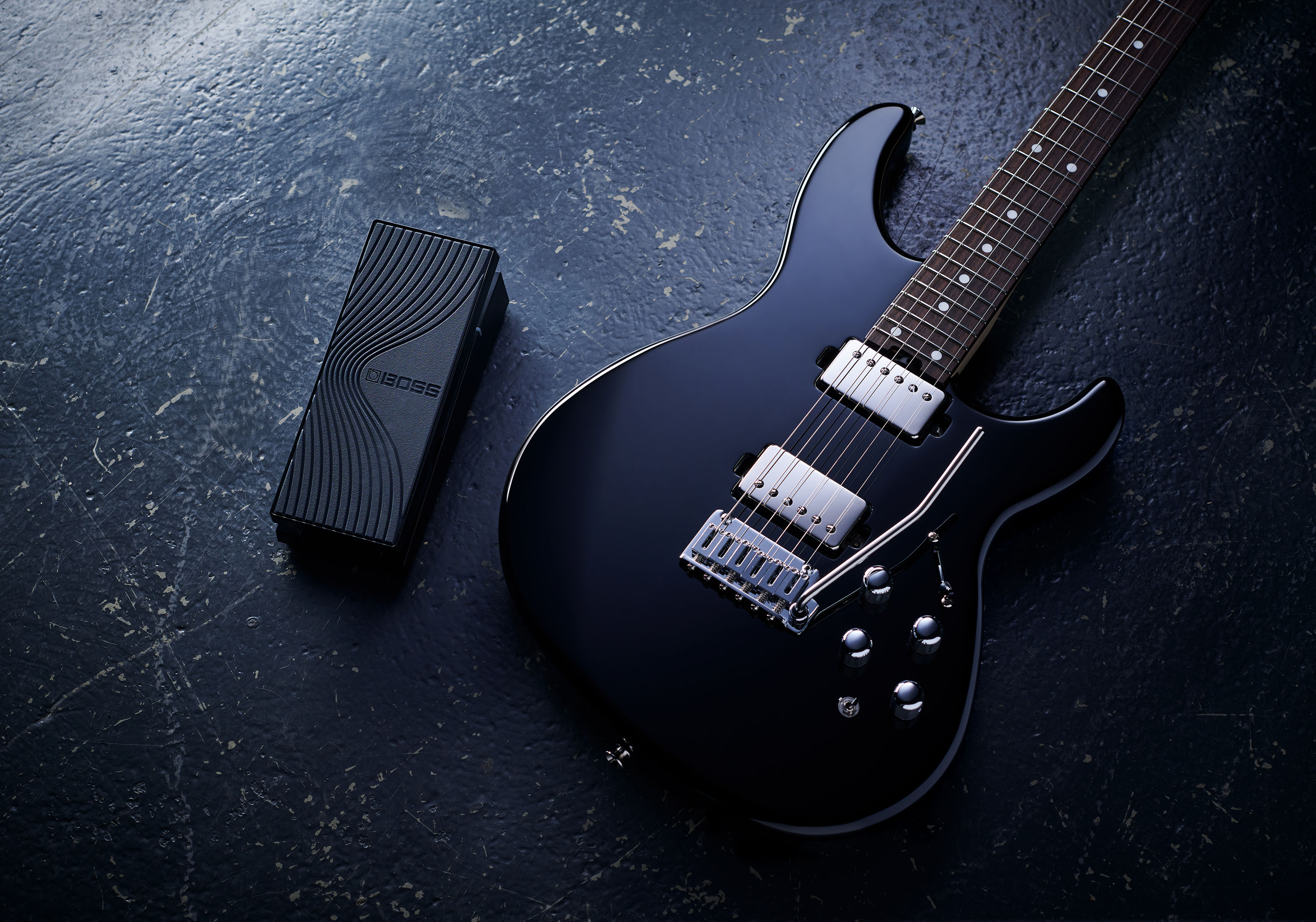
Even more exciting is the optional EV-1-WL Wireless MIDI Expression Pedal. Expanding the creative potential of the EURUS GS-1 even further it can be assigned to enable dynamic parameter movements or ‘effects performances’ such as filter sweeps and pitch bends.
For more details visit Boss' website.
All the latest guitar news, interviews, lessons, reviews, deals and more, direct to your inbox!
Rod Brakes is a music journalist with an expertise in guitars. Having spent many years at the coalface as a guitar dealer and tech, Rod's more recent work as a writer covering artists, industry pros and gear includes contributions for leading publications and websites such as Guitarist, Total Guitar, Guitar World, Guitar Player and MusicRadar in addition to specialist music books, blogs and social media. He is also a lifelong musician.

